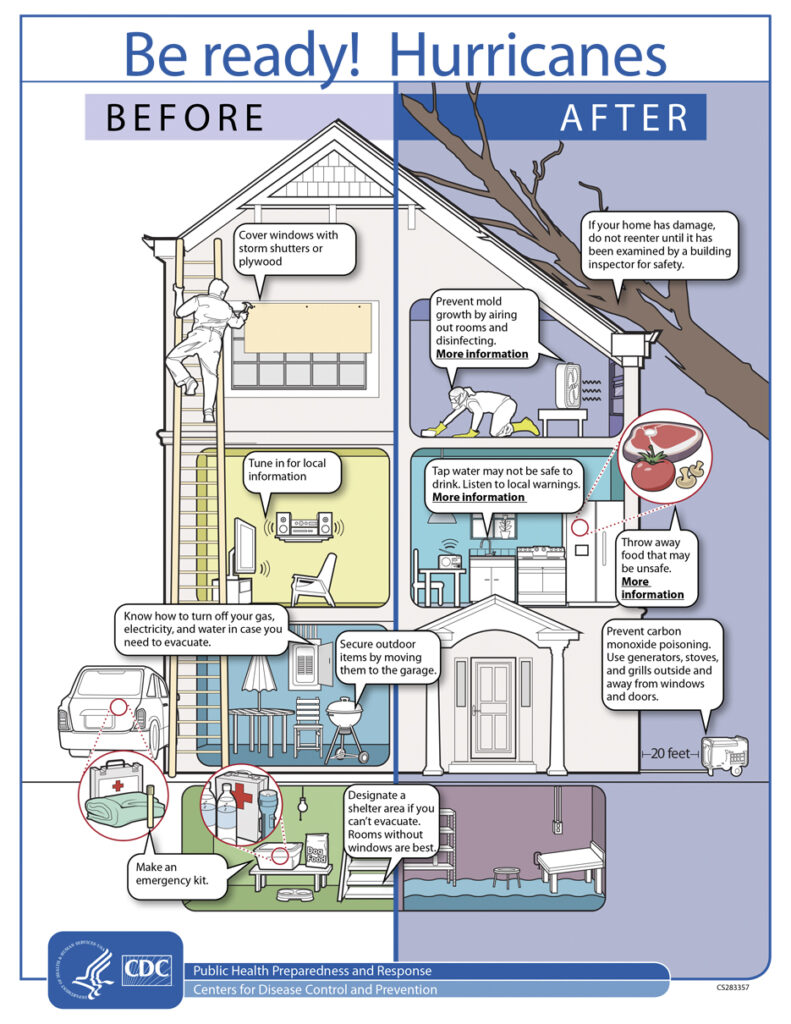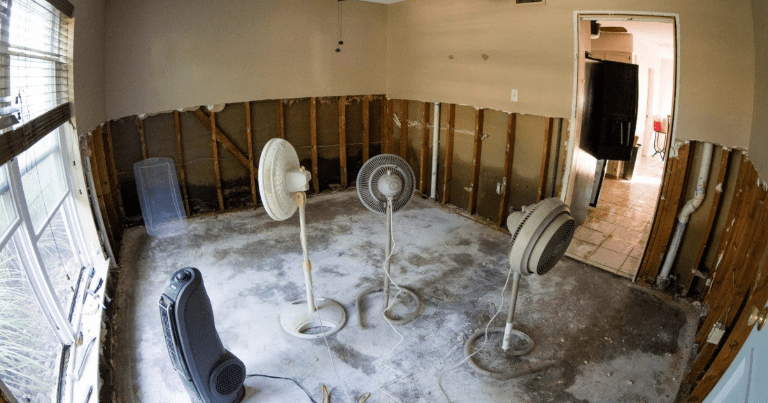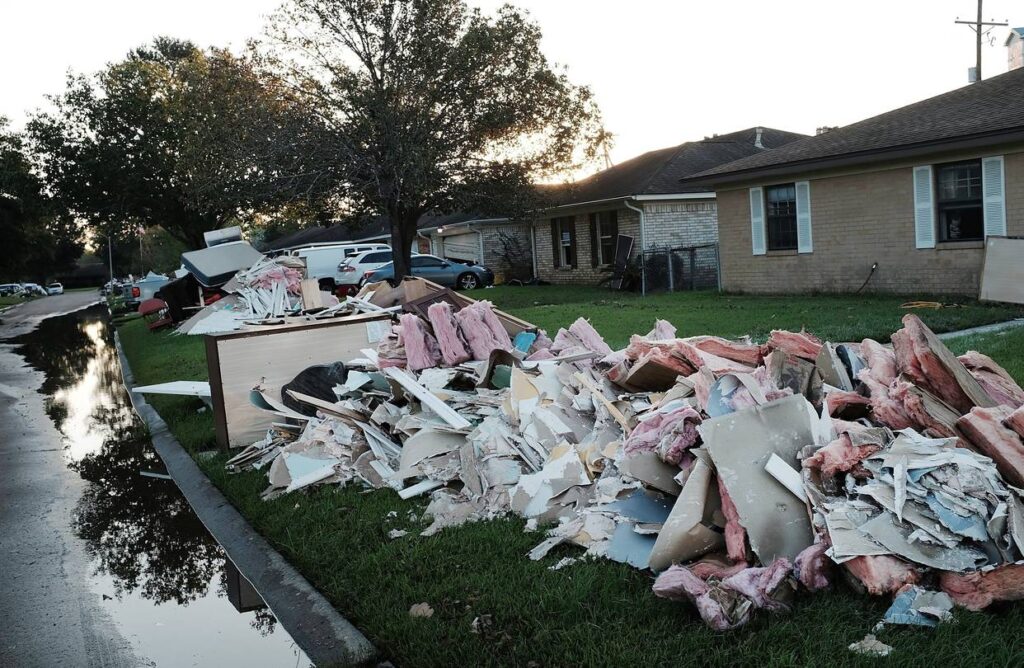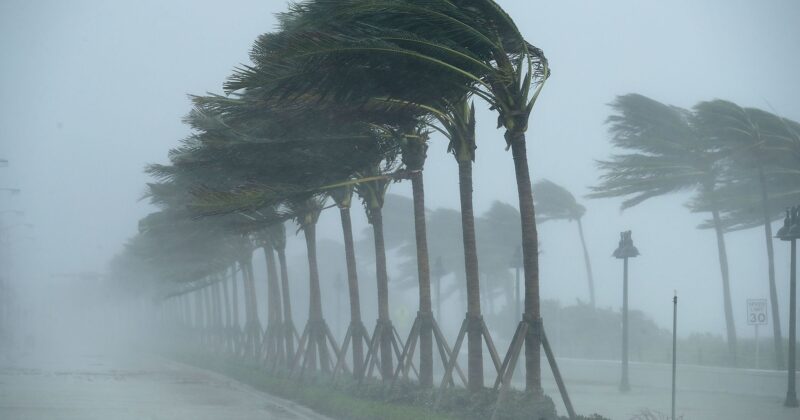
How Are Hurricanes Formed?
If you are reading this, something is brewing in the tropics. It does not matter if it is a tropical storm, depression, or a hurricane. They are all disruptive and destructive when they arrive. They damper new business and create long-term stress on time, money, and resources. We have a responsibility to ensure that correct and ethical decisions are made along the way for past, present, and future customers. This may seem like a monumental task; however, with understanding and preparation, the right decision always reveals itself. The key to success is preparation and implementing standard protocols and procedures based on the existing level of threat.
All tropical cyclones begin as a tropical depression, which have the potential to grow into a tropical storm and then into a hurricane. For Florida, all potential tropical weather disturbances originate near the equator just off the shores of Africa, and eventually drift west with the Trade Winds toward North and South America. These disturbances occur because of heated ocean water evaporating, causing it to naturally rise upward, creating low air pressure near the surface of the ocean. In the absences of pressure, cool air is pulled inward and forced upward. If the conditions are right, the air continues to rise higher, and begins to twist in the atmosphere. The twisting creates winds, which begin to circle counterclockwise. Once the wind speed reaches 74 mph, this tropical storm becomes a hurricane. What happens to the hurricane and where it goes is dependent on environmental conditions a tropical storm encounters.
Simply put, a hurricane needs to feed. The main food sources water temperature. For a hurricane to sustain or flourish, the water temperature must be 79F or greater. If the water surface temperature less 79F, the winds will gradually slow until they are no longer of hurricane force. Therefore, it is important when analyzing a hurricane to not become mesmerized with the strength or location of the hurricane in the Atlantic Oceans. It is more important to focus on the projected path and conditions a hurricane will travel through. This path will determine the result.
When a hurricane forms, scientists constantly monitor them with both satellites and airplane surveillance. All data is balanced off weather conditions such as frontal boundaries, low-pressure systems, wind directions, and other tropical events. Current weather conditions are the factors that determine a projected path. What lays in front simply determines the strength and speed.
Hurricane Watch: During a hurricane watch, the tropical storm(s) being monitored have a possibility to develop hurricane force winds in a stated area. Experts usually issue a hurricane watch about 48 hours before they expect the winds to begin.
Hurricane Warning: A hurricane warning is issued when hurricane force winds are expected in a stated area. Experts issue a hurricane warning about 36 hours before the winds are expected to give preparation time.
Before a Hurricane:
- Cover windows with plywood or storm shutters
- Move outdoor items to the garage if possible, or secure them
- Listen to the local news for the most updated information
- Create an emergency kit, include items such as non-perishable foods, water (3-day supply for each person minimum), batteries, first aid kit, medications, pet food (3-day supply minimum), a battery or crank powered radio, extra face masks, hand sanitizers, and extra hand soap
- Fill gas tanks in cars and be sure cars have an emergency kit in them in case of emergency evacuation
- Keep your emergency kit packed together in case of emergency evacuation
- Know how to turn off gas/water/electrical on house in case of evacuation

After a Hurricane:
- Stay out of floodwater if it is avoidable
- Don’t drive in flooded areas
- If you have to be in floodwater, wear a lifejacket
- Wash your hands with soap and water if you have been in contact with floodwater
- Never use a wet electrical device
- If the power is out, use flashlights instead of candles to avoid accidental fires
- Stay away from downed power lines
- Listen to local authorities for advice on water precautions
Cleaning Up After The Storm:
- Prioritize what cleanup is most important and start there. Stop and take breaks when you are tired
- Get help lifting heavy or bulky objects
- Try to cleanup with other people
- If using a chainsaw, be sure to follow manufacturer instructions and wear protective hear
- Inside, clean up and dry your home as soon as possible, ideally 24-48 hours after the storm or flooding ends
- Air out the house by opening doors and windows. If you have power, put fans on wet areas
- To avoid mold, throw away what can’t be cleaned/dried quickly (rugs, carpeting, mattresses, furniture, etc.)
- Remove any drywall or insulation that has been contaminated with floodwater or has gotten wet
- Fix any leaks as quickly as you can
- Clean up any mold you see with a mixture of bleach and water (1 cup of bleach:1 gallon of water) Be sure to have windows and doors open, never use bleach in an enclosed area



Protecting Your Fence Through a Hurricane:
Your fence was built beautiful and strong, and according to the ASTM standards. It is time to see how it will stand up to hurricane-force winds. Regardless, I need you to do a few things that will help protect your investment. This will be the difference between the insurance company picking up the tab or the cost for repairs coming directly out of your pocket. They are listed below:
- Take a pictures and videos of your fence. Make sure you document all stretches both inside and out. You should do this with your home as well.
- If you have a wood fence, the gates can be secured by taking a foot-long piece of wood 2” x 4” and securing it to the gate and latch post on both the top and bottom. Use screws. If you can, fold the gate open and screw it against the fence with screws.
- If you have a vinyl fence, remove the ¾” bolt from the outer portion of the top and bottom hinges. Slide the gate off and store those gates in the garage. Check your post caps. If they are loose, take them off and place them in the garage as well.
- If you have an aluminum fence, simply place a bungee cord around the gate.
- Make sure you check the fence where it meets the house. Make sure the fence is attached to the house. If it is not, go buy a hurricane strap or 90-degree angle bracket and connect the fence to the house. It will be the difference between the Insurance company viewing the fence as an attached structure or detached structure.
- If you have a stretch of fence line which is standalone or not attached to the fence line, brace it. Bracing can be accomplished by taking a 2” x 4” about two feet long and placing it at a 45-degree angle, one end buried in the ground, one end attached to the post with a screw.
- If you have a pool, even if it has a screen enclosure, please purchase an orange plastic safety fence from the home improvement store. It will be hard to find after the storm.

